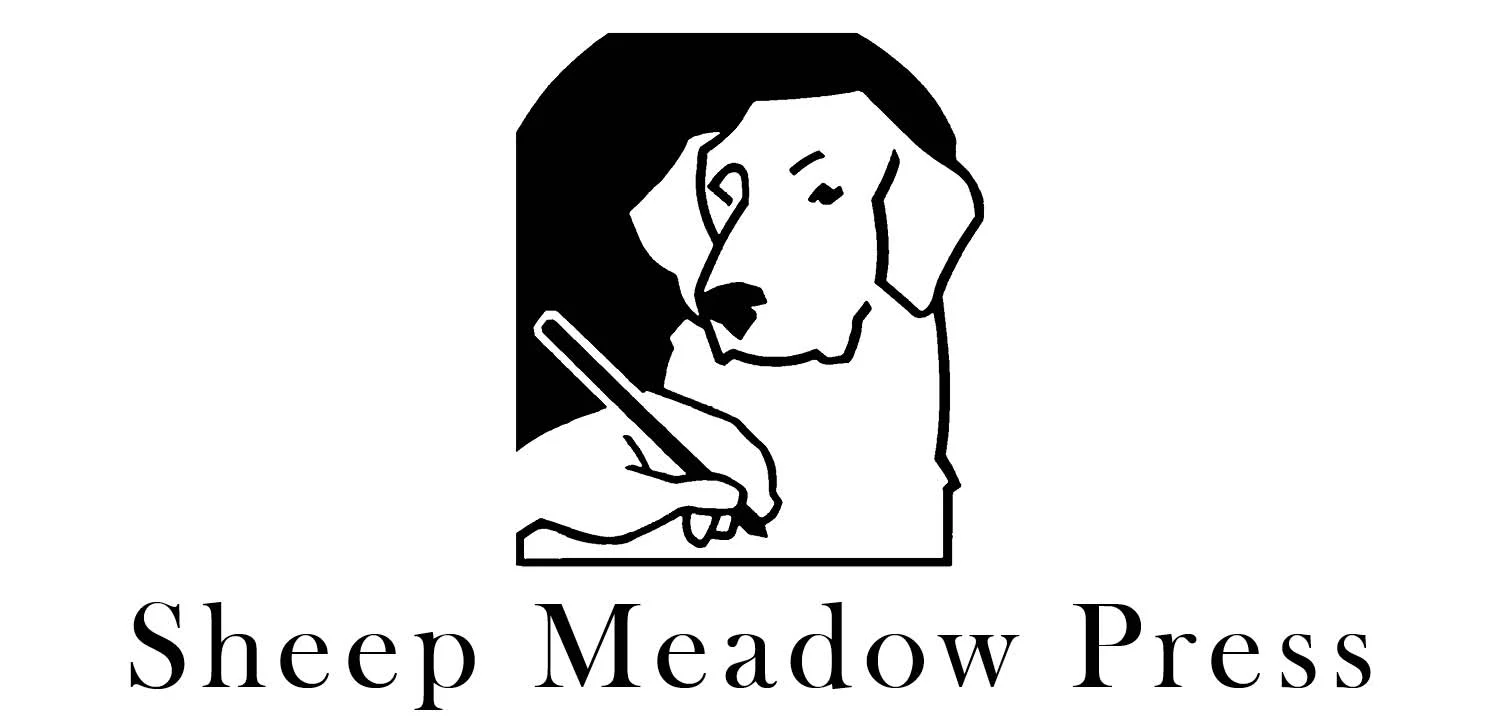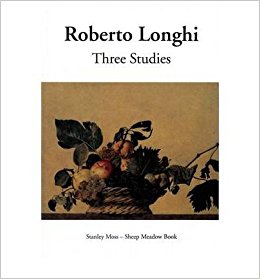ROBERTO LONGHI (1890-1970) is regarded by Italians as their most important art critic, art historian, and prose stylist of this century, with unsurpassed powers of observation and description.
“It is difficult to overestimate the impact of Roberto Longhi’s Piero della Francesca, which appeared in 1927. Simply stated, it formed the twentieth-century response to the artist and laid out much of the terrain for subsequent scholarship.”—Keith Christiansen, from the Introduction
“It is wonderful to have in English these three essays by Roberto Longhi. With the exception of Walter Pater, it is difficult to think of a critic whose work is so close to the art it embraces that it becomes itself a kind of art. Yet Pater's criticism is always on the verge of metamorphosing into poetry. With Longhi, the scholar and the poet are seamlessly fused, resulting in prose that is palpable and radiant as the Renaissance paintings he describes so meticulously: an object of rare beauty indeed.”—John Ashbery
“Roberto Longhi. . . the most brilliant Italian art historian of our century and a stylist of intoxicating powers. Apart from his monograph on Piero della Francesca, few of Longhi's very idiosyncratic works have been translated into English; but, thanks to the enterprise of The Sheep Meadow Press, this situation is at last being remedied, and one must welcome the appearance of Three Studies.”—Francis Haskell, New York Review of Books



